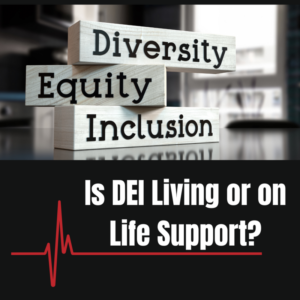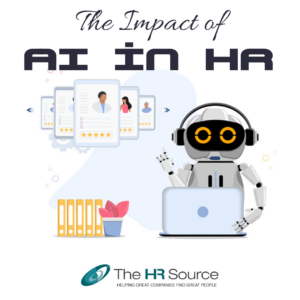Most people would agree that diversity in the workplace is essential. However, if you ask what diversity means, you’ll get few solid answers, and if you ask how to achieve it, chances are you’ll be met with blank stares.
Diversity is a Broad Term
More often than not, workplace diversity is thought of in terms of race and ethnicity. This is a good start, but a truly diverse team goes deeper than that. In order to have a diverse team, you’ll need to mindfully recruit people with differing:
- Races (referring to physical traits)
- Ethnicities (referring to cultures)
- Genders
- Religions
- Political Belief Systems
- Education Levels
- Socioeconomic Backgrounds
- Geographic Locations/ Identities
Cultivating Diversity is Good for People and Business
When you reach a wider audience, recruiting is much easier and the business save money. The broader applicant pool also means that the organization will have more talented individuals to choose from, so the organization finds someone with the right skills and who is also a great fit. If that isn’t enough, research consistently demonstrates diversity leads to more effective, successful, and profitable organizations.
Building a Diverse Workforce isn’t Always Simple
While most people agree that diversity is essential, getting there is a different topic altogether because it’s multifaceted.
Hiring
Businesses are geared toward using the same practices again and again throughout the hiring process. Even experienced HR professionals are “guilty” of this. They may work through LinkedIn, a specific job board, or through personal recommendations from other members of the team. Each of these methods has merits, but they also lead to hiring within a bubble. Instead of finding diverse candidates, you’ll find candidates with similar traits. Ergo, you wind up hiring with an unintentional bias. Eliminating the bias and building a diverse team means not only sourcing candidates from a variety of places, but mindfully crafting policies that attract and keep diverse talent.
Training
Training needs to occur on a number of levels. HR professionals must relearn how to hire, management must learn how to foster an inclusive and accepting environment, and employees need guidance. However, finding the right methods for training and identifying what areas an organization lacks in isn’t always easy, especially if the organization’s leaders don’t have D&I expertise and the bandwidth to devise and implement training programs.
Organizational Change
Multiple shifts throughout the organization must occur. While you can somewhat create diversity by installing hiring quotas, that doesn’t necessarily mean that the new hires feel comfortable or that they’re being allowed to bring their full selves to the job. The organization needs to create multiple processes to check and recheck its standing and craft long-term D&I strategies.
Experience the Definition of Diversity
The HR SOURCE now has a Diversity & Inclusion section. Go to the Diversity & Inclusion Services Group website for more details about out D&I services and what fits best for your organization.




